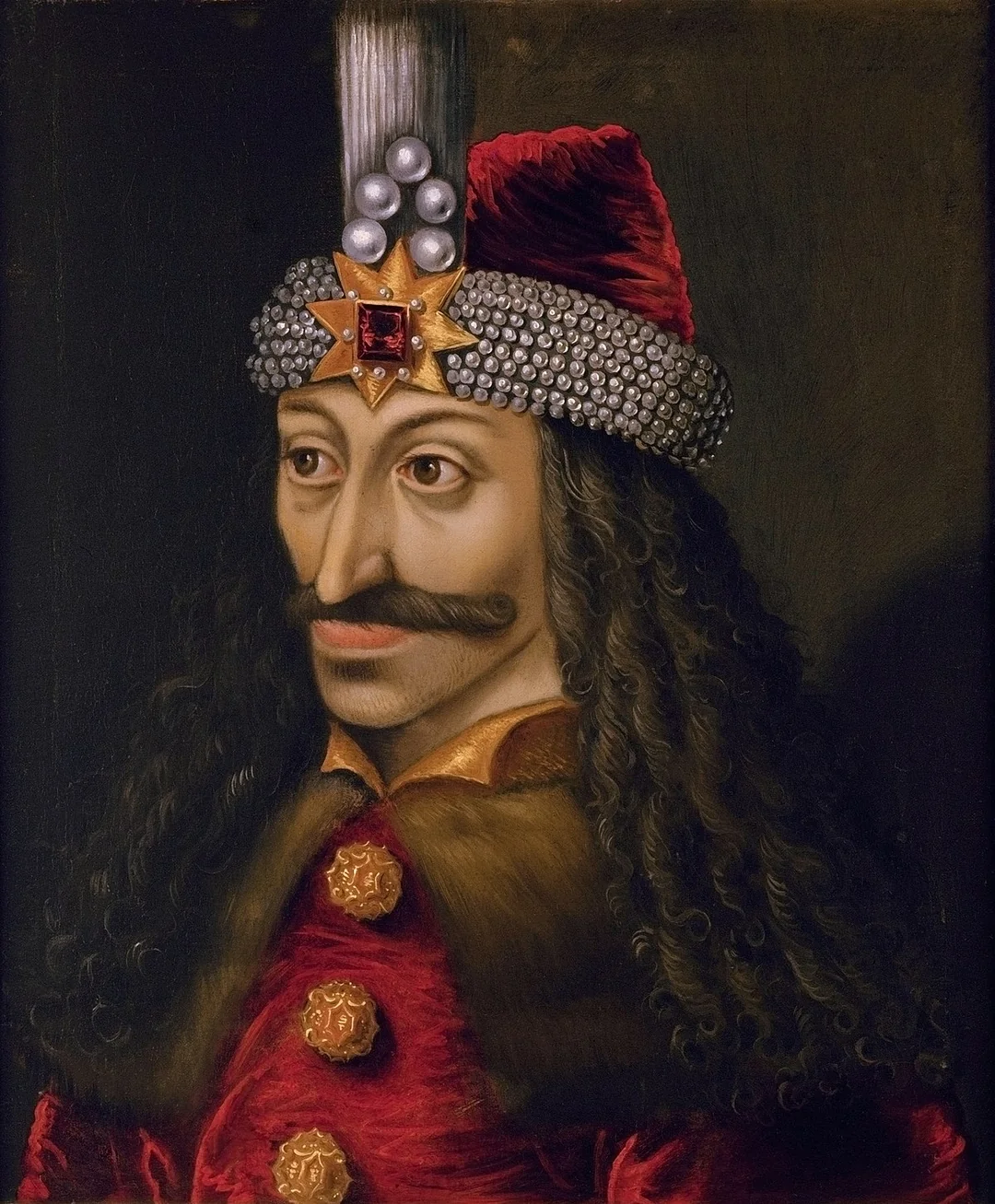
Dracula and King Matthias
Most historians maintain that Vlad Tepes was born between 1428 and 1431 in Segesvár ( today Sigisoara, Romania) The name „Dracula” comes from his father’s
The Siege of Budapest in 1944-1945 is considered one of the bloodiest and cruelest battles of WWII.It can only be compared with that of Stalingrad and Leningrad.
After Romania and Italy left the alliance earlier in 1944 Hungary got an even more important role. Hungary was the last country to get fuel from since German coal fuel factories were destroyed and hungarian oil refineres were still operating.That made Hungary strategically the most important front line.The Red army reached the Hungarian Kingdom and the Northen Carpathians.When they approached Budapest Stalin thought he can take Budapest swiftly from the march without a siege. Troops would envelope the city from East to West and would sweep the Germans out. Soviet Marshals Tolbukhin and Malinovsky were competing with each other for the title: the Victor of Budapest.
Festung Budapest
Germans did not prepeare for a siege as well .Hitler’s generals only wanted to keep the Pest bridgehead originally as foothold for later attacks not the whole city. It was obvious for the German and Hungarian that aim of the attack is the capital and not even Pest can be held. Hitler despite his generals’ advice did not agree to evacuate their base in Pest.Let alone declare Budapest an open city like Rome and be saved from destruction.
The Red Army and the Romanians arrived to the outskirsts of Budapest from the East, so they first engaged the German and Hungarian forces on the Pest side. On Christmas Eve in 1944 the Soviet troops encircled Budapest, and the siege commenced a few days later on 30 December.
1 million civillian and about 100.000 soldier were trapped in the city this seemd a big force but the four German divisions had been exhasuted by the time they reached Budapest, and among Hungarian soldiers a few thousand were ready to fight. In this way many inhabitants on both side of the Danube were forced to seek refuge in underground air-raid shelters as the heavy shelling started.
Over the next few weeks, the Soviets focused on Pest, advancing towards the inner parts of the city and consolidating their grip on the outskirts. As the fighting intensified, the people of Budapest faced a grim reality: their city, once a symbol of European culture and history, was now a war-torn battleground.
Despite the relentless attacks from the Soviet forces, the defenders of Budapest held their ground. They fought fiercely, refusing to surrender, and their courage and determination inspired their fellow citizens. The siege of Budapest would become one of the most significant battles of World War II, a testament to the human spirit in the face of overwhelming adversity.
Battle for Buda
After mid-January, the epicentre of the fighting were the Városmajor and Vérmező parks of Krisztinaváros, with Vérmező being used as a makeshift airport by the defenders. By the end of January, the Soviets occupied most of this area, disrupting German landings. Thus, supplies of munitions and food were cut off, putting both soldiers and civilians, especially the wounded ones, in a desperate situation. The military leadership was aware that resistance was unsustainable. Yet, Hungarian forces, also many civilians and secondary school students, launched a desperate offensive to retake Vérmező on 26 January, which was drove back by the Soviets. This stabilized the frontlines, but obviously did not improve the terrible conditions of the defenders and the civilians.
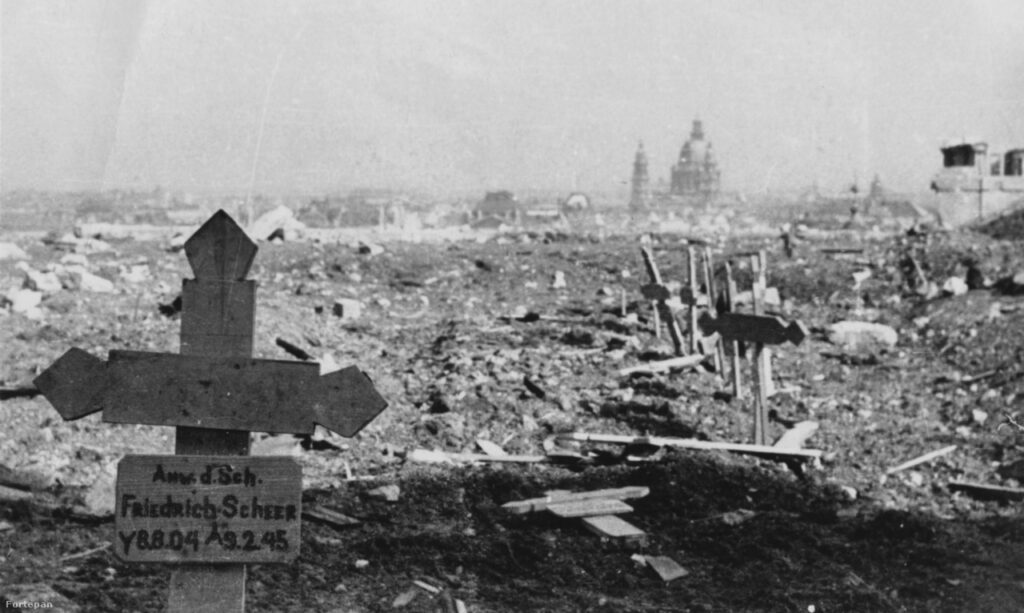
Tactical point of view
From a tactial point of view the Siege of Budapest was complicated process,not actual battalions, regiments , divisions fought against each other but relatively small often isolated military teams so-called storm-troops or assault groups.
Both the defenders and the attackers operated in these stormtroops. The defenders were to close down the routes that the attackers could use.This ment they had to close wider streets and avanues with roadblocks and mine barrages.There were half-open roadblock so as the defenders could launch counter-attacks and could hinder or stop the attackers.
The attackers also opreated in stromtroops consisted of maximum 50 people.Main emphasis of the defenders was to organize the firing system. They chose buildings at significant locations or of architecturally massive structures for pivots and these were secured with light machine guns, machine guns, heavy guns so making movements on the street impossible for the attackers.
Another important characteristics of the Siege of Budapest due to this excellently organized firing system is that a lot of the fighting was going underground because the Soviets and Romanians tried to round these defence positions vertically which means that they demolished firewalls, pushed through cellars and top floors of multi-storey buildings to get to neighbouring buildings thus evading, outflanking and sweeping the pivots. This led to a series of confuse actions where fighting at close range become more important.They might have fought with firearms but it was still infight.
The Break out
On 11–12 February,axis forces and many civilians joining them attempted to break through the Soviet lines at North-Western Buda. It was a risky operation, leading to bloodshed and high casualties of the garrison. Yet, about 700 primarily german and some hungarian survived and reached the German lines. Since due to this risky action, all of the defenders were either dead, gravely wounded, or left the city by 13 February, the battle ended on that day giving the end of the siege and battle of Budapest.
The siege cost 70,000 lives on the part of the defenders, while 48,000 Soviet and Romanian soldiers fell. 38,000 civilian also lost their lives during the fighting, including 15,000 Jews, who were often massacred by Arrowed Cross Party militias. While the inhabitants of the Budapest ghetto escaped deportation to Nazi concentration camps, they lived in terrible conditions, and were subject to frequent roundups and executions, as well as looting, torture, and rapes.The siege also reduced the city to rubble, with only a quarter of the buildings of Budapest remaining intact.
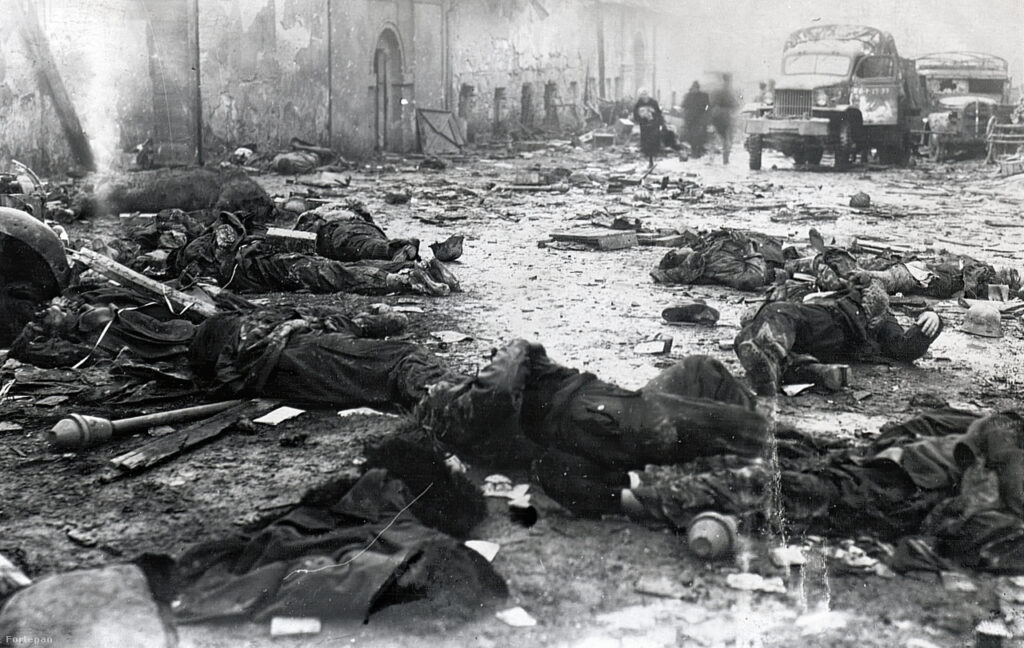
Military Hospitals during the Siege
Characteristic to the Buda Castle and Palace district is the system of caves which have been utilized as storage places and wine cellars since the 13th century.Some of these caves were turned into air raid shelters and military hospitals like the cellar of the National Archives or the more widely-known Hospital in the Rock which serves today as a museum.
Conclusion
The Siege of Budapest, one of the most devastating and brutal battles of World War II, left an indelible mark on the city and its people. The destruction of buildings and infrastructure, along with the loss of countless lives, was a tragic consequence of the conflict. The suffering of the Jewish population, who faced persecution and massacres at the hands of the Arrow Cross Party, is a somber reminder of the horrors of war.The long siege stalled the advance of the Soviets toward Western Europe, but it is unclear whether they would have continued their advance had they reached the Elbe before the Americans but it looks quite probable that Stalin had much greater plans to sovietize western europe after he would have reached the Atlantic sea in France. Hitler’s determination to force the Hungarians to fight until the end, coupled with the Hungarians’ own fears of Soviet rule, led to a prolonged and bloody battle.In the aftermath of the siege, the Soviets and their Communist allies took control of Budapest and the rest of Hungary. This occupation would last for more than four decades, with all the nameless miseries inflicted on the Hungarian people.
Hello and welcome to Budapest Walking Tours! Thank you for visiting or planning to visit Budapest and Hungary! My name is Gábor and I would be honoured to introduce my beautiful capital to you!

Most historians maintain that Vlad Tepes was born between 1428 and 1431 in Segesvár ( today Sigisoara, Romania) The name „Dracula” comes from his father’s
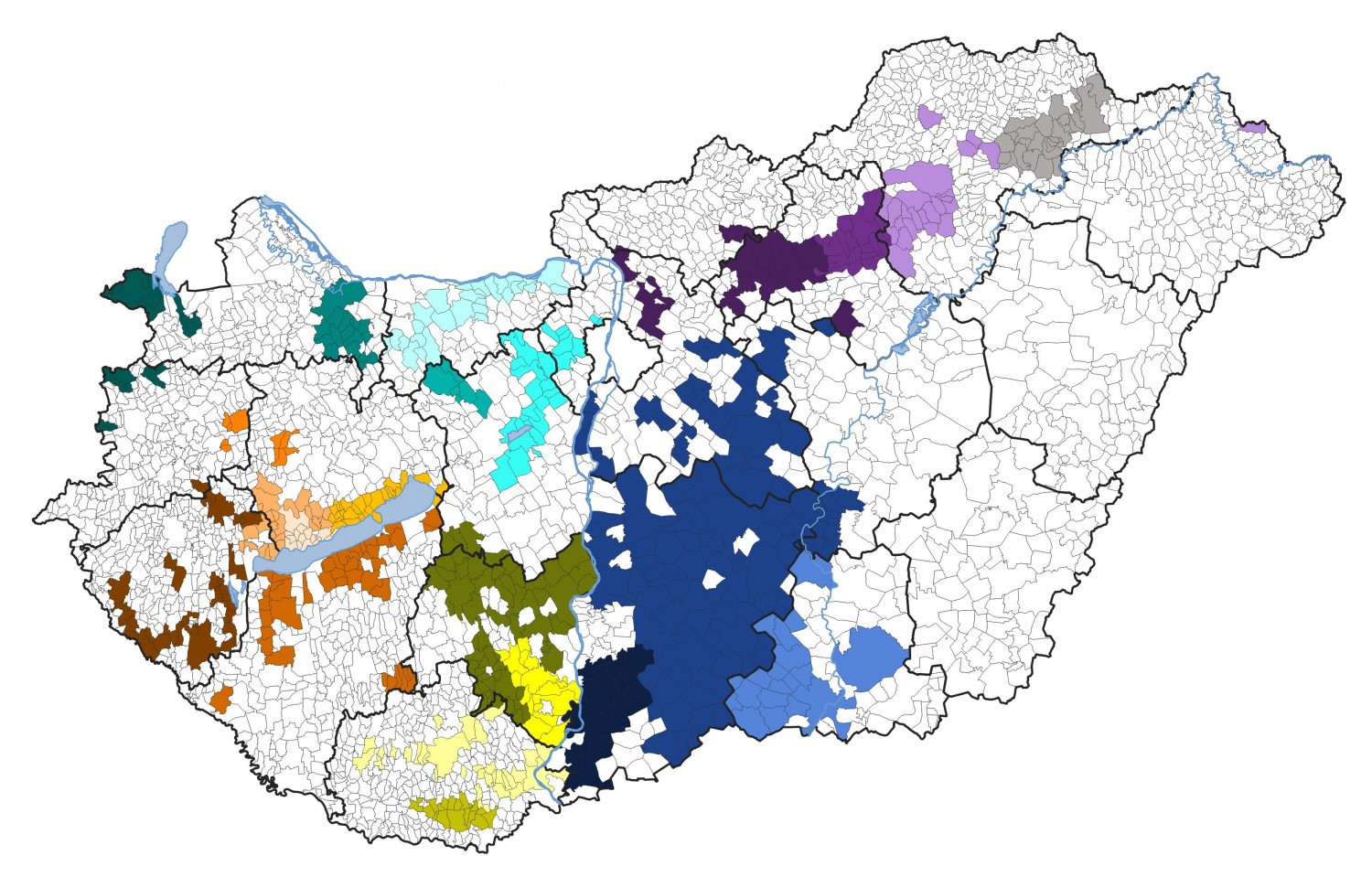
Hungarian Wine Past and Present Hungary is a wine drinking country, and Hungarians are proud of that. Wine was made here when the Romans lived

Ruszwurm confectioner’s is a magic from the past in the present in the Buda Castle in the neighbourhood of Matthias Church in Budapest.The spectecular confectioner’s
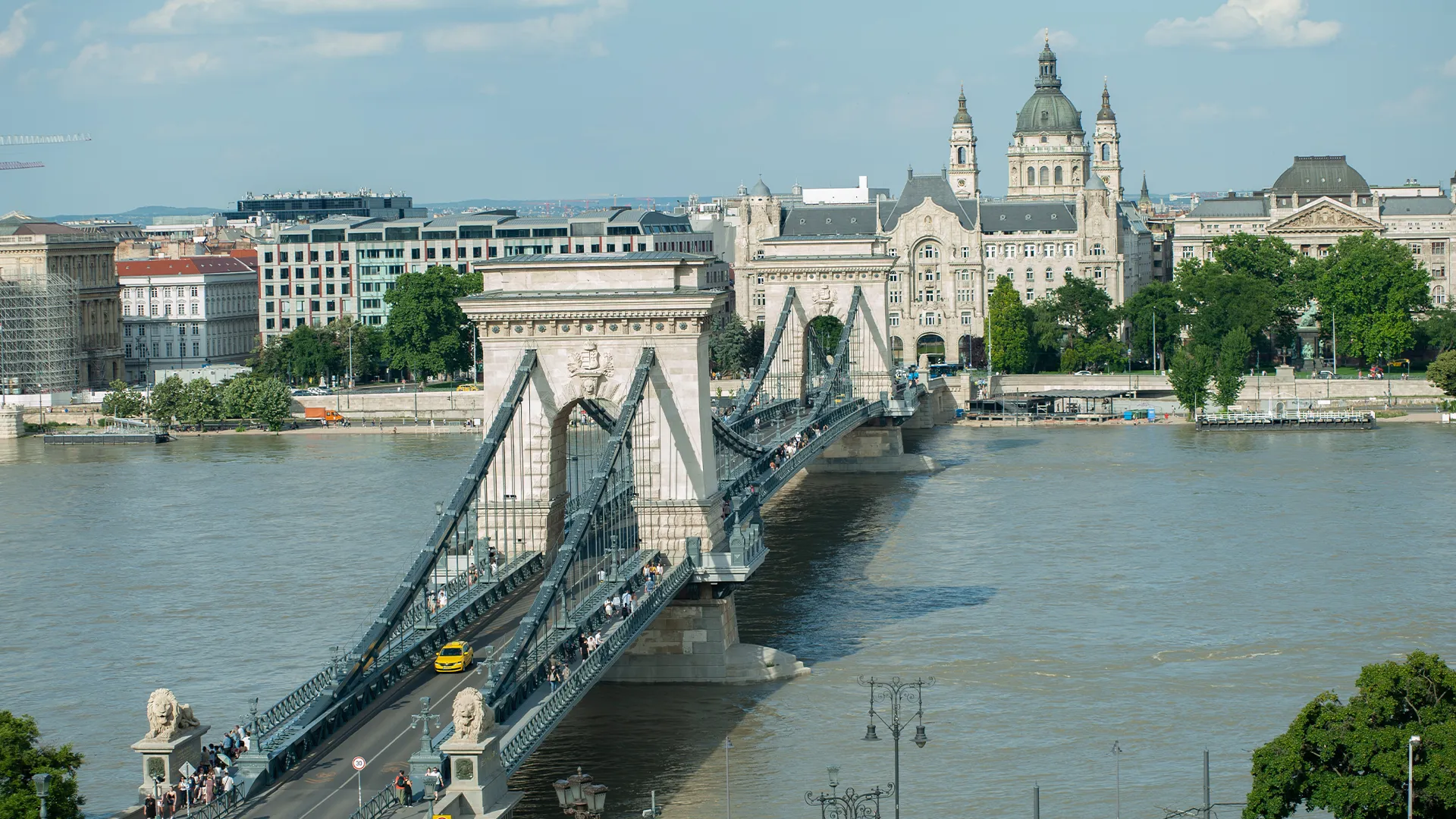
Exploring Budapest on foot Exploring a city on foot is one of the best ways to fully immerse yourself in its culture, history, and atmosphere.
Contact me!
Follow me on social media!
Privacy Policy